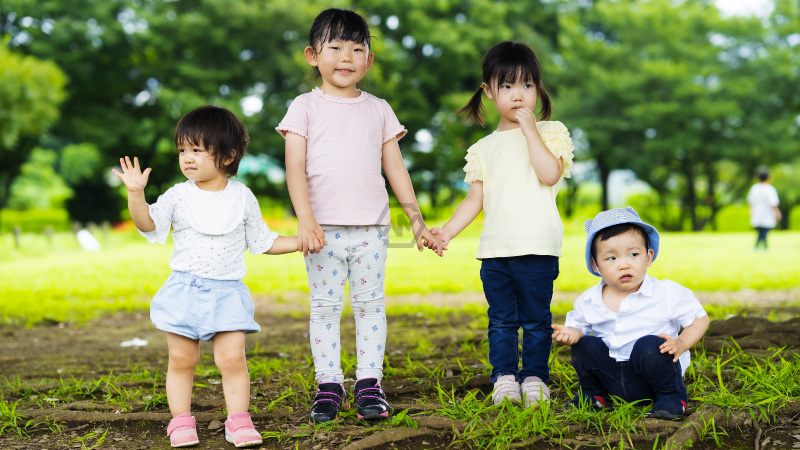With a total fertility rate of less than one kid per woman in 2022, South Korea has seen the fastest fertility decrease in recorded human history. The country has been significantly impacted by this rapid reduction, which may have slowed economic growth and led to a move towards a less affluent and smaller population.
Since 1984, South Korea‘s fertility rate has continually been lower than that figure; in the preceding year, it fell from 2.17 to 1.93. Due to the relatively short time it has lasted, this drop is particularly notable.
Lowest Fertility Rate in South Korea
South Korea’s transformation from a poor to a rich nation has been aided by the demographic dividend, which describes increased growth in a nation’s economy following a fall in birth rates and consequent changes in its age composition.
When the government implemented programs for population and family planning as well as economic planning, the demographic dividend got underway in the early 1960s. These initiatives assisted in reducing South Korea’s high fertility rate, which led to a decrease in the number of dependents.
- South Korea experiences the fastest fertility decrease in history, impacting economic growth and population.
- South Korea’s demographic dividend boosts economic growth due to falling birth rates.
- South Korea’s low-fertility trap hinders fertility rate increase.
Long-term fertility decreases, however, are sometimes terrible for a country’s economy. South Korea is losing its population every year and has a very low fertility rate of 0.78, with more deaths than births.
In the following four or five decades, the country’s existing population of 51 million people will fall to under 38 million if this trend persists and if millions more immigrants are not welcomed.
Due to the “low-fertility trap,” the fertility rate in South Korea has not increased in the previous 16 years. Demographers contend that it is challenging to considerably raise a nation’s fertility rate once it falls below 1.5 or 1.4.
Despite developing programs to promote rising fertility rates, South Korea has had little to no results. Immigration, which is often young and productive and typically has more children than the native-born population, would be the only genuine method for South Korea to turn this around.
In contrast, the US has historically relied on immigration to increase the number of workers, and more than 14% of the population is now foreign-born. The number of foreign employees would probably need to grow tenfold in order to compensate for South Korea’s dropping fertility rate.



